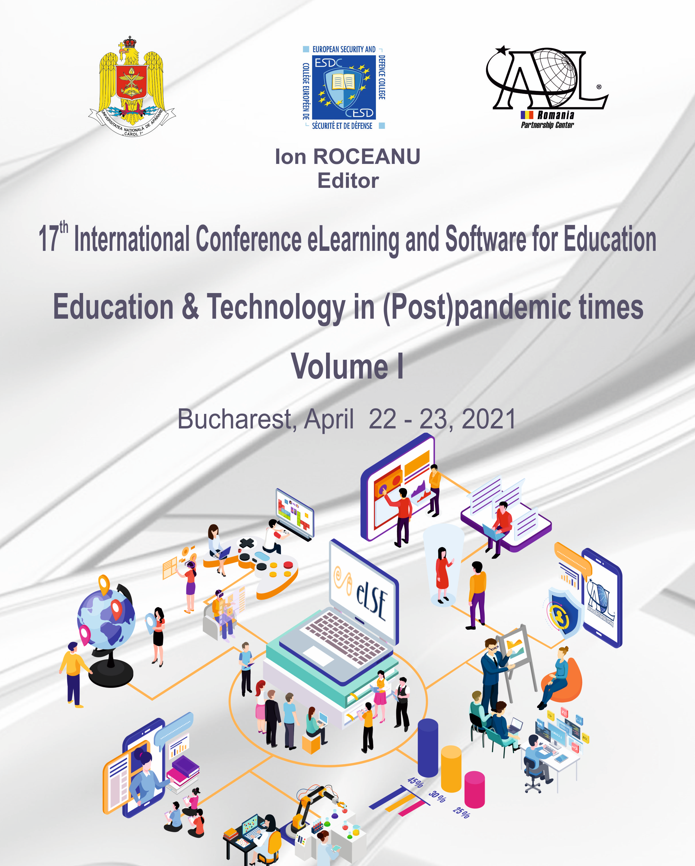DESIGN THINKING FOR BUSINESS INNOVATION
DESIGN THINKING FOR BUSINESS INNOVATION
Author(s): Ancuta Florentina Gheorghe, Ioana Andreea Ștefan, Hariklia Tsalapatas, Olivier HeidmannSubject(s): Business Economy / Management, Higher Education , ICT Information and Communications Technologies, Distance learning / e-learning
Published by: Carol I National Defence University Publishing House
Keywords: Design Thinking; Collaboration; Brainstorming; DT4S; gamification;
Summary/Abstract: Whether in an educational or a professional setting, collaboration plays a major part in value creation, as it fosters creativity and innovative thinking, enriching decision-making processes and widening the approach to include different perspectives. Design Thinking has become an increasingly popular collaboration method as it focuses on problem solving and user-centric based strategies, where the participants can identify challenges, participate in brainstorming sessions to gather information, generate potential solutions, refine them and in then test the chosen solution. Starting from this methodology, this paper presents the relevance and the advantages of using Design Thinking as a tool in the first stage of the designing process of a software solution. To substantiate the proposed approach, an innovative online collaborative tool, the DT4S platform, has been used. The authors highlight the capability of the platform to stimulate the creative process and the engagement of the design team through brainstorming sessions. The paper describes the process of implementing a brainstorming activity using the DT4S platform, following the five stages of the Design Thinking methodology: emphasize, define, ideate, prototype and test. It exemplifies how this methodology can be incorporated in a software design process, to ensure a qualitative and easy to follow workflow for each member of the design team, mitigating the risk of solution driven changes that can occur during the software design process. The objectives defined by the team leader were analysed for each of the stages along with the inputs that were brought on the platform, which represent the entire interaction between the team members, and the outputs that represent the results obtained after participating in brainstorming sessions. Following the experiment, the authors discuss key gamification techniques that could be applied to enrich the collaborative approach of the DT4S Platform.
Journal: Conference proceedings of »eLearning and Software for Education« (eLSE)
- Issue Year: 17/2021
- Issue No: 01
- Page Range: 392-399
- Page Count: 8
- Language: English

